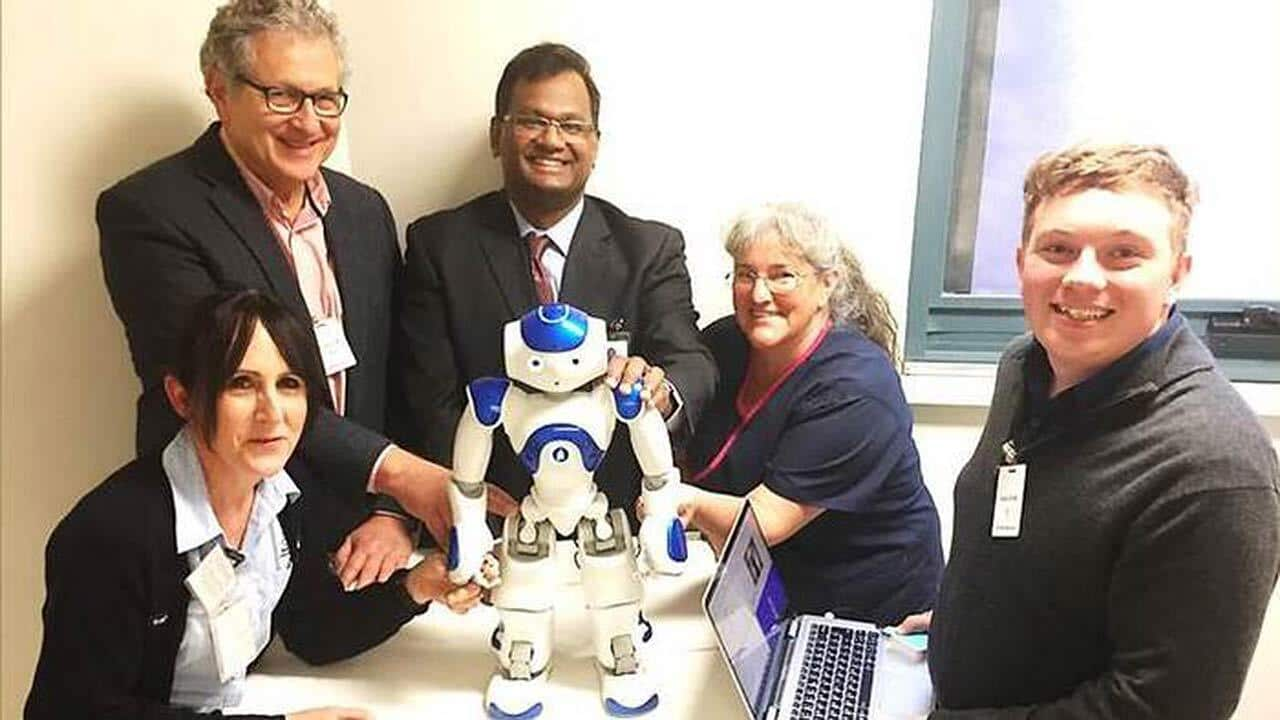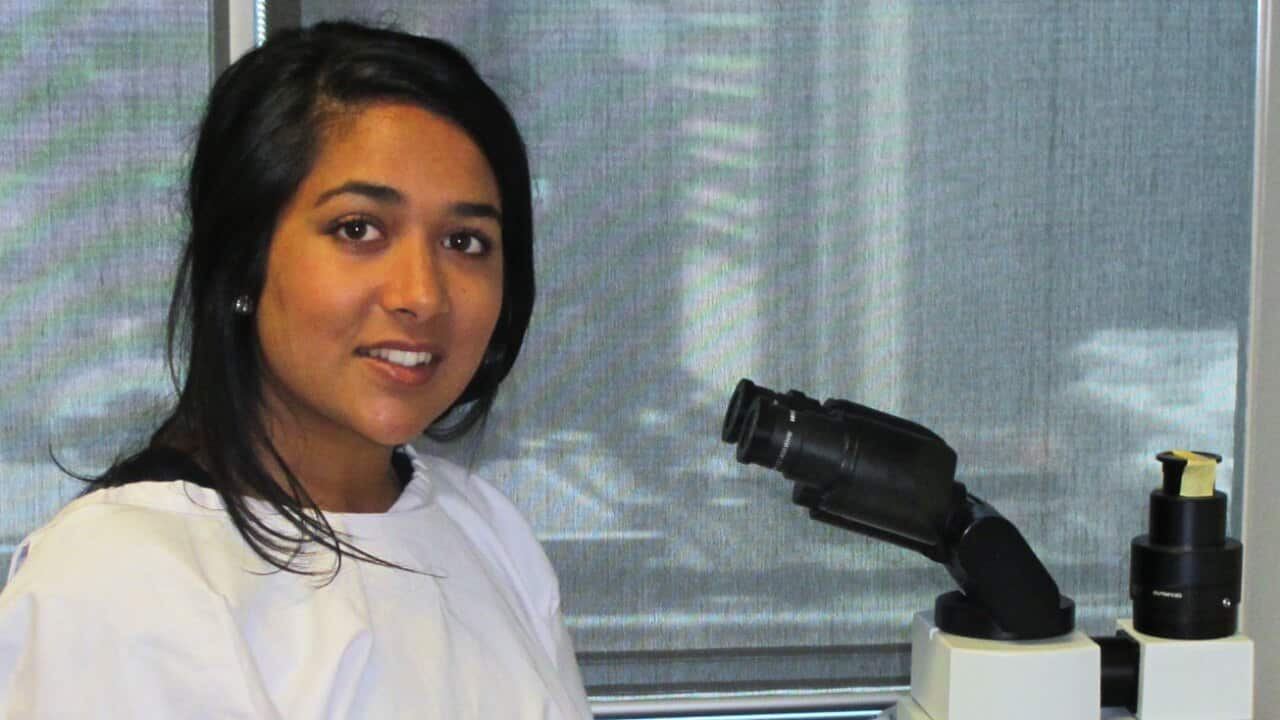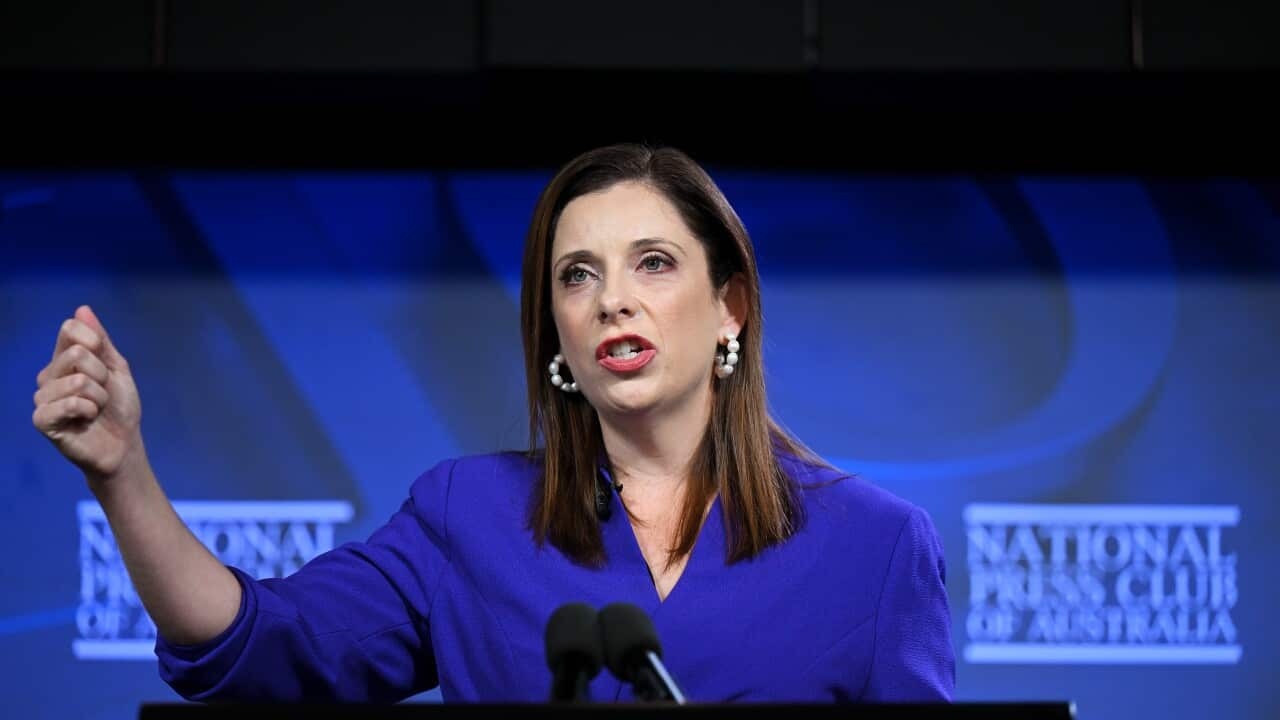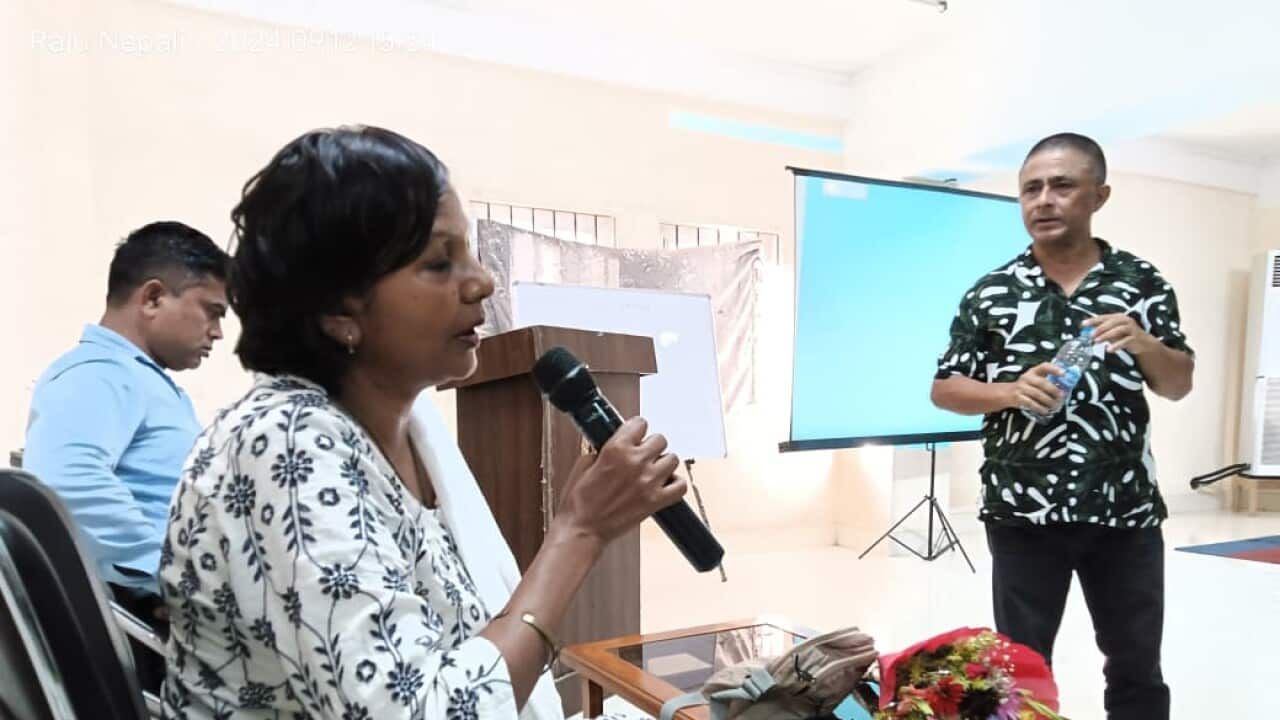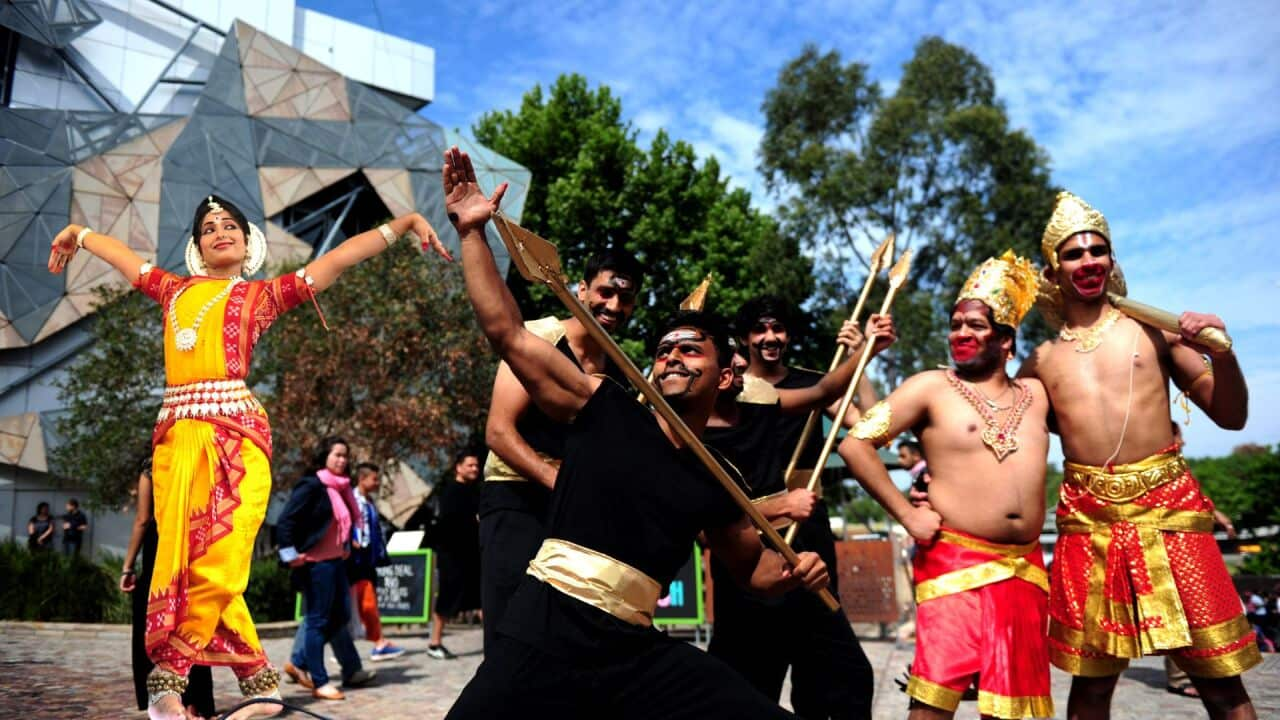Soon you could have a robot doctor examining patients. Thanks to an Indian-Australian, such a robot has been tested in Tasmania's North-West Regional Hospital.
Dr Nao is a humanoid robot. He looks like a human - complete with arms, legs, eyes and ears.
He can do most of the things that humans can do - like walking, sitting, standing, looking up people and interacting with them.
But what makes Nao special is his medical skills.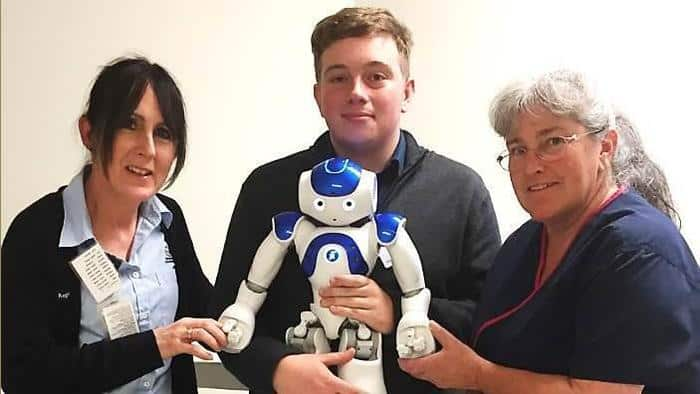 Dr Balaji Bikshandi hails from the Indian state of Tamil Nadu, and as the principal researcher of this project is aware of its significance.
Dr Balaji Bikshandi hails from the Indian state of Tamil Nadu, and as the principal researcher of this project is aware of its significance.

"Soon you could have Dr Nao examining patients." Source: Tasmanian Health Service
"Nao is programmed to be a humanoid but Dr Nao is a layer on top of a regular Nao. We have trained him to do some basic patient interaction as a doctor."
"He could talk to a patient, get their history and ask them to do a few actions as a part of treatment." says Dr Bikshandi.
"He can express his emotions, he can empathise with the patient and in a way, there will be feelings as if he was a real human.
"That is because we programmed or trained basic Nao into a Dr Nao which is adding a layer of clinical skills."
The birth of a new era
The idea originated from a simple thought that robots should be able to perform as doctors if they could empathise with patients.
Dr Bikshandi took this idea to the robot designers at Swinburne University of Melbourne.
"The initial design of robots did not give much emphasis to the skills of a doctor or for that matter, skills of a human - the soft skills. But these newer devices like Naos, these units have abilities to interact with humans through emotions and body language, gestures and speaking appropriately," says Dr Bikshandi of how his idea first came about.
"So I thought that we can refine such modules with the basics of medical interaction skills. And there we go. We have got Dr. Nao."
Robots have been active in operation theatres for years now but this is the beginning of new era where robots will be examining patients as doctors.
And yet Dr Bikshandi believes that robot doctors are not going to replace human doctors.
"He [Dr Nao] is going to compliment. He will not be replacing anything. I think he will be filling the gap where humans are either over worked or what humans cannot do like remembering or identifying people, keeping information.
"There are things that machines can do better than humans. And he is a mix between machine and a human. He fills the gap."
Dr Nao is being tested by more than 70 medical professionals. He is also required to take the same medical exams as human doctors - and pass.
And Dr Bikshandi is confident that his "brain-child" Nao will pass with flying colours.
